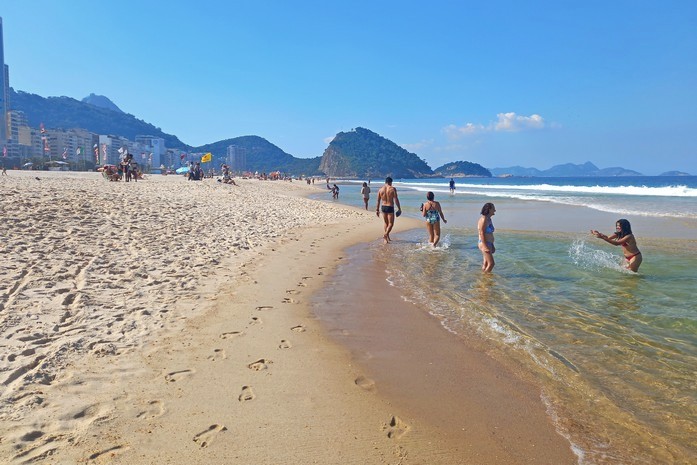
15 Interesting Facts about Brazil
I arrived in Brazil at the tail end of May, on a short flight from Buenos Aires, Argentina to Rio de Janeiro.
I’ve been in Brazil ever since, a total of seven weeks thus far. My visa is valid for 90 days, so I have another six weeks to explore this vast country.
I feel slightly silly to admit that in seven week’s time I’ve only visited Rio de Janeiro and Sao Paulo. First I spent one entire month in amazing Rio, visiting luxury hotels for work and exploring this beautiful & diverse city. Anyone who’s been following my travel adventures on Facebook has certainly seen hundreds of photos of gorgeous, outdoorsy Rio.
I then headed over to Sao Paulo for two weeks, primarily for work reviewing luxury hotels. But after that, I promptly returned to Rio, where I am still enjoying this fabulous city !
I’m happy to say that I will begin exploring more of Brazil starting next week and for the remaining six weeks of my alotted time in the country.
During my explorations of Rio and Sao Paulo, in addition to online research, I’ve learned many very interesting things about Brazil. Following are what I consider the most important and intriguing.
1. Brazil is named after endemic Brazilwood trees
Brazilwood Trees are native to the Atlantic Forests of Brazil.
Called ‘Pau brazilia’ in Portuguese, the trees were actually given this name by early Portuguese explorers. ‘Pau’ means ‘wood’, while ‘brazil’ means ‘red’, referring to the reddish hue of its wood.
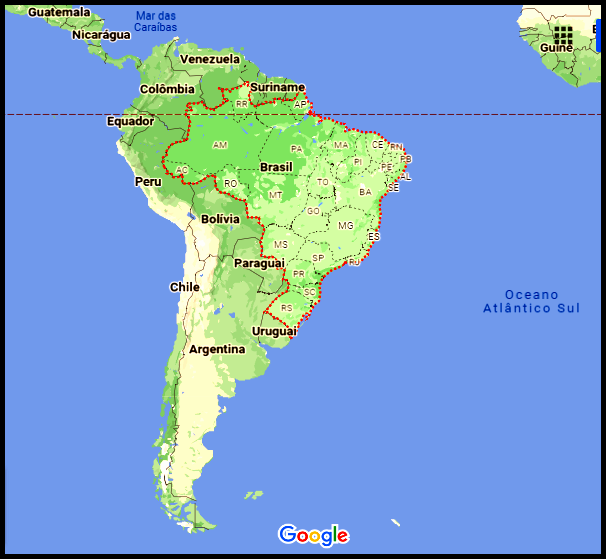
2. Brazil is by far the biggest country in South America
Brazil is easily the largest country of 13 in South America. In fact, it’s so big that it takes up 47.3% of the continent’s land area, nearly half the continent!
But Brazil is actually a huge country on a global scale as well, clocking in as the 5th largest country in the world! Only four countries are larger than Brazil: Russia, Canada, USA and China. Brazil is even larger than Australia!
And finally, Brazil is only slightly smaller than the contiguous United States. Brazil has 3,287,956 sq miles vs USA with 3,678.190 sq miles.
3. Brazil has a whopping 4600 miles / 7242 kms of coastline
Brazil occupies most of the eastern half of South America. It has an incredibly long coastline along the Atlantic Ocean and a whopping 2900 beaches!
In fact, its coastline is twice as long as the Atlantic Coastline of the USA, which has a ‘mere’ 2069 miles of coast!
My fellow Americans, just think about that for a minute… Think about how far it is from the top of Maine, at the border with Canada, all the way down the east coast to the Florida Keys. Well, Brazil’s coast is more than twice that distance!
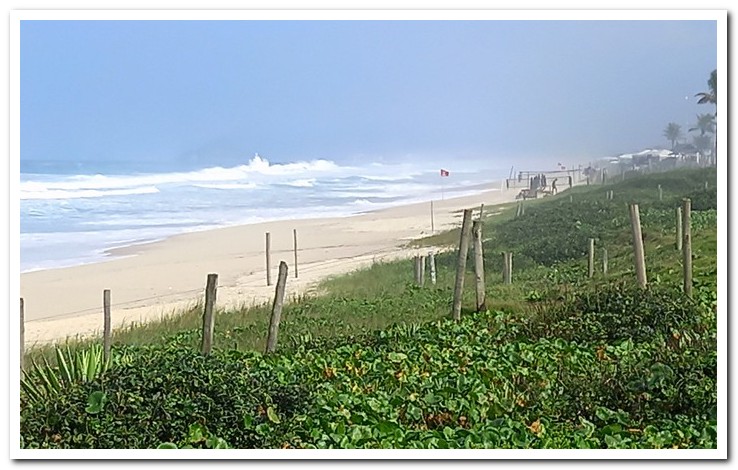
4. Brazil has a border with almost every other South American country
Brazil is so huge that it has borders with 10 of the other 12 South American countries. That includes borders with Colombia, Venezuela, French Guiana, Guyana, Suriname, Argentina, Uruguay, Paraguay and Bolivia.
The only countries that Brazil does not connect to are Chile and Ecuador.
5. Nearly 60% of the Amazon is located in Brazil
The Amazon region is an incredibly vast area that includes the Amazon River and all its tributaries, the dense tropical rainforests spread throughout and the vast mouth of the Amazon River.
The Amazon region is so extensive that it flows through nine of the 13 South American countries, including Colombia, Venezuela, Guyana, French Guiana, Suriname, Ecuador, Peru, Bolivia and Brazil. Yet 58.4% of Amazonia is located in Brazil.
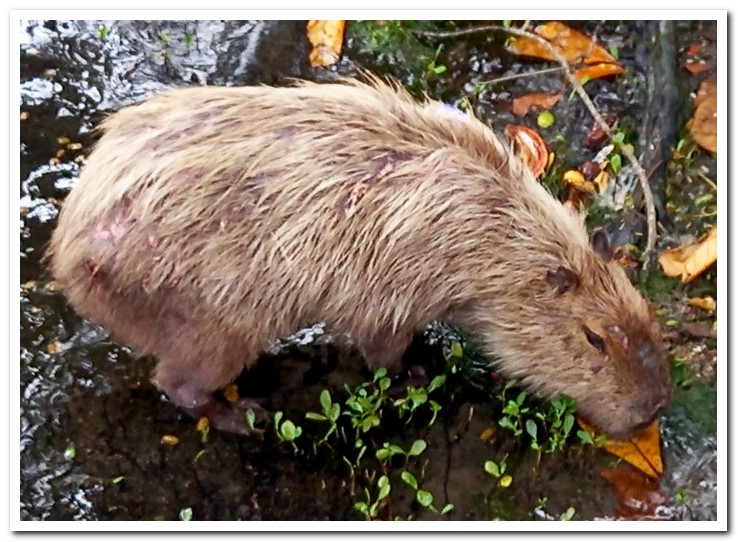
6. Brazil is one of 17 mega-diverse countries in the world
Mega-diverse means that there’s great biodiversity, including a high number of endemic species and border marine ecosystems. More specifically, there must be at least 5000 endemic species.
With 60% of Amazonia located in Brazil, it shouldn’t be too surprising that Brazil is one of only a handful of countries that are considered mega-diverse. Other countries include Peru, Ecuador, Republic of Congo, Australia, Indonesia, India, Mexico and the USA.
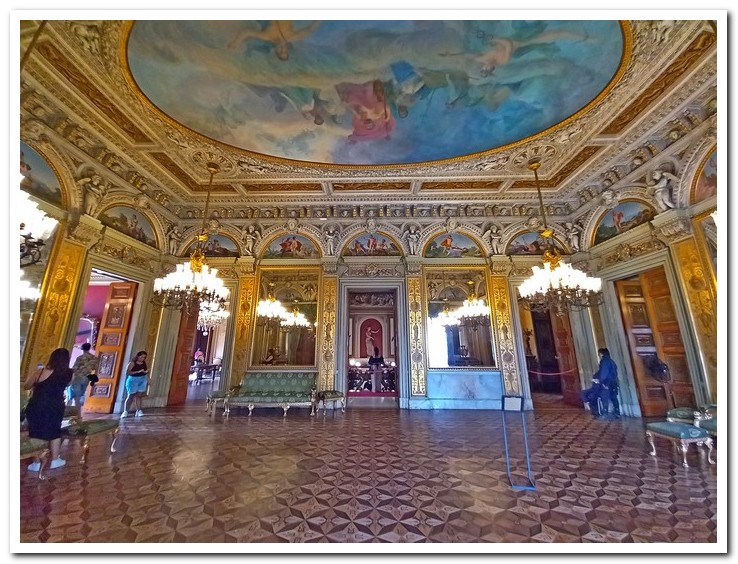
7. Brazil was colonized by Portugal and so Brazilians speak Portuguese
Unlike all other South American countries, Brazil was colonized by Portugal, not Spain. Portuguese influences can be seen in much elaborate historic architecture, cuisine, the language and faces of many Brazilians. These cultural attributes make Brazil distinctly different from all other South American countries.
Brazil is the only country in South America that speaks Portuguese. Nearly every other country on the continent speaks primarily Spanish. Though tiny little French Guiana was colonized by France, while Suriname was colonized by the Dutch.
8. Brazil forcibly imported 4-5 million slaves from Africa
From the mid 1500s to the late 1800s, Brazil forcibly imported thousands of boatloads full of Africans to work as slaves in vast plantations. Over the centuries Brazil imported the largest number of slaves of any country in the world, including the USA.
Of 12 million slaves imported to the Americas overall, it’s estimated that as many as 5.5 million Africans were forcibly moved to Brazil.
In Brazil, slaves were put to work mainly on sugar plantations, gold and diamond mines, coffee plantations, cattle ranches and general agricultural fields.
Slavery was abolished in Brazil in 1888.
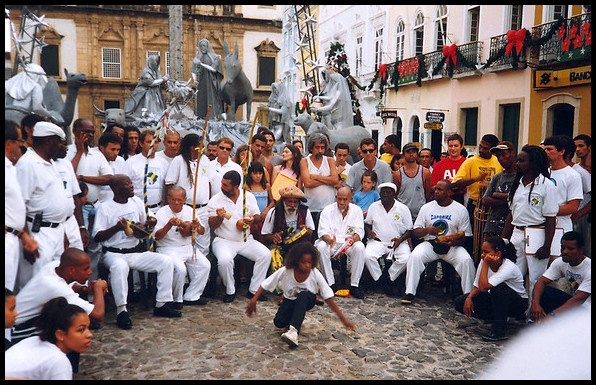
9. Brazil has the 2nd largest African population in the world
Perhaps not surprisingly then, Brazil now has the largest African population outside of Africa. More specifically, it’s home to the 2nd largest population of Africans outside of heavily-populated Nigeria.
In addition, the coastal city of Salvador, Brazil is the largest African city outside Africa.
10. The biggest Japanese population outside Japan lives in Sao Paulo, Brazil
I never knew there was such a huge Japanese population in Brazil. Not until I visited Sao Paulo, where the largest population of Japanese descendents now live.
This is a result of a planned, coordinated migration effort between the Brazilian and Japanese governments back in the early 1900s.
After Brazil abolished slavery in 1888, the sugar and coffee plantations were in dire need of labor. At about the same time over in Japan, the Meiji Restoration created a new political, economic and industrial state. There were huge numbers of impoverished Japanese farmers who needed work.
Thus, the Japanese government and key Japanese figures helped emigrate hundreds of thousands of Japanese nationals to Brazil, mostly to work on coffee plantations in/around Sao Paulo.
Today in Sao Paulo’s Japantown, there’s the excellent, very detailed Museum of Japanese Immigration, which thoroughly covers the entire history of Japanese people in Brazil from the first immigrations of the early 1900s up until today.
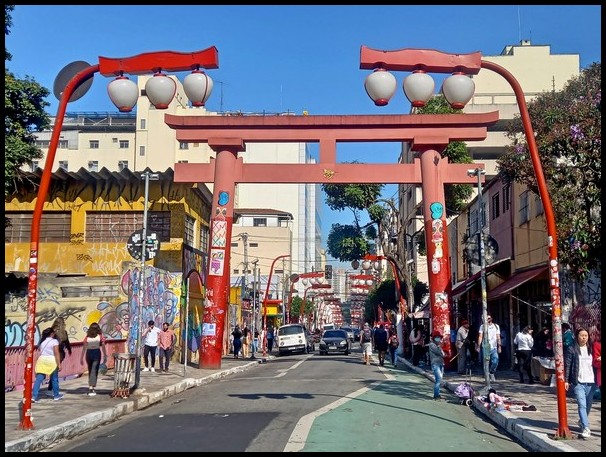
11. Brazil is an extremely multi-racial / multi-ethnic country
By now it should come as no surprise that Brazil is an extremely multi-racial culture. Brazilians are a mix of various indigenous tribes, Portuguese, Africans, Japanese, Germans, Italians and other European descendents.
What I’ve noticed during my time in Rio and Sao Paulo is that Brazilians don’t seem to notice peoples’ skin color. At all. I’m sure that’s not entirely true, but compared to the USA, I’ve seen a LOT more intermixing of people.
Groups of friends of all different ethnic and racial backgrounds are hanging out together. I’ve also seen many white adults walking around with brown or black kids and visa versa. After growing up in the USA, being in Brazil is a refreshing and surprising eye-opener.
12. The 1st Olympics in South America were held in Rio de Janeiro
Many people may still recall the 2016 Summer Olympics held in the outskirts of Rio and dubbed Rio 2016. As it turns out, that was the very first time the Olympics were held anywhere in South America, making it an even bigger deal for Brazil to host the games.
I’m a little embarrassed to admit that I didn’t watch those Olympic Games, but according to official reports, Rio 2016 was a huge success. A total of 11,000 international athletes from 206 National Olympic Committees participated, including teams from Refugee camps and first time national participants from Kosovo and South Sudan. Among those athletes, a whopping 91 Olympic records and 27 world records were set during the games.
The Rio Olympics were primarily held in a suburban coastal area called Barra de Tajuca, located about an hour from central Rio. I’ve recently been out there visiting luxury hotels, so I got to see the original Olympic Stadium, which is now used for huge music concerts.
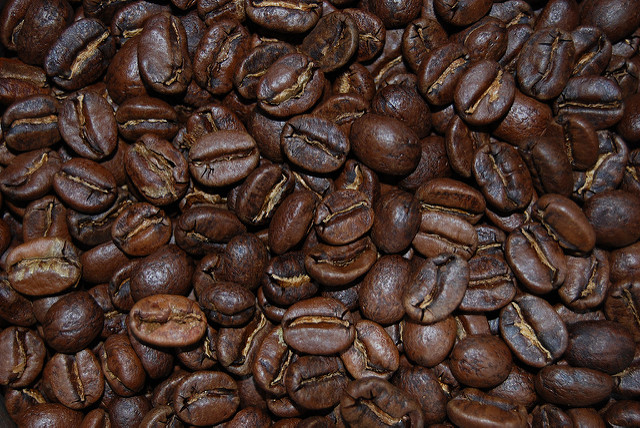
13. Brazil has been the world’s largest coffee exporter for over 150 years
Coffee was not indigenous to Brazil. It was imported in the early 1700s by the Portuguese, more specifically by Lt. Col Francisco del Melo Palheta.
Initially coffee in Brazil was consumed only by European colonists. But gradually the coffee trend grew and Brazil began exporting coffee to the USA and Europe. By 1820 or so Brazil was exporting 30% of the world’s coffee.
In the early 1900s coffee production really took off in Brazil and Central America, especially after disease wiped out many coffee plantatiokkns over in Asia. So by 1910 Brazil was exporting 80% of the world’s coffee!
Ever since then Brazil has been the world’s leading exporter of coffee. Today, that means about 30% of world supply.
14. Following are several things that are illegal in Brazil:
* using cell phones inside banks – prohibited to help prevent robberies
* smoking in any public areas with a roof overhead
* e-cigarettes – not clear if they’re safe for health
* gambling – winnings cannot be easily taxed
* indoor tanning booths – cause various cancers
* outdoor advertising
* professional hunting – only hunting for subsistence is permitted in some cases
15. Brazil has been energy independent since 2006
Very few countries in the world are completely energy independent. Most rely to some extent on importing petroleum products, gas, coal or other energy sources. Considering Brazil’s vast size and population, it’s even more remarkable that they’ve become self sufficient for all their energy needs.
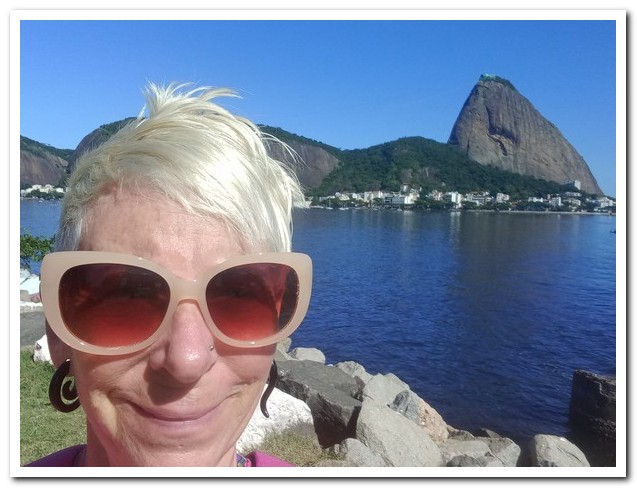
Conclusion
I hope you’ve learned something interesting about giant and diverse Brazil, like I have.
To be honest, there are dozens more intriguing facts about this amazing country…enough to go on for another 10 pages. So I’ll leave it at this for now.
I’m looking forward to getting to know many more places in Brazil beyond the huge cities of Rio de Janeiro and Sao Paulo. I’ll be sharing heaps more photos on FB and writing about the places I discover here on my travel blog. So stay tuned.
=====================
You might also enjoy:
10 Surprising Facts about Paraguay
====================






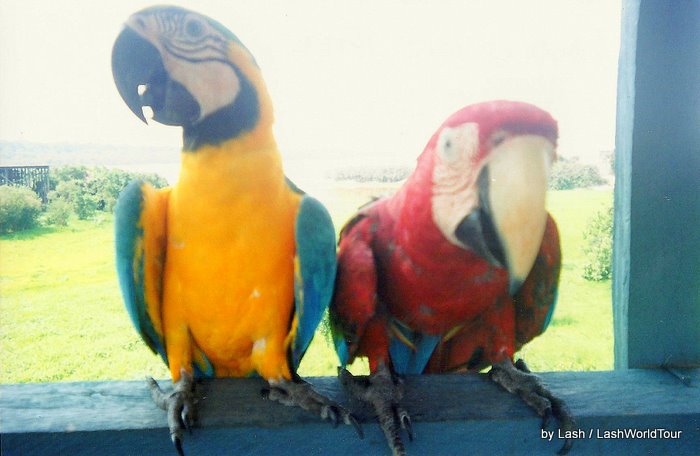

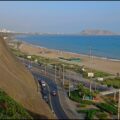
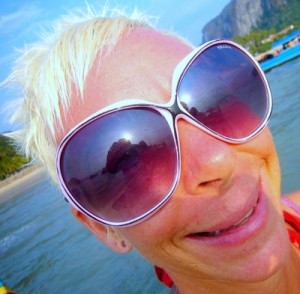

 Hi! I'm Lash, an American nomadic world traveler who's been traveling solo since 1998. I’m passionate about traveling the world nomadically and then sharing it all with you. I hope to inspire you to travel the world, to entertain you with tales from the road, and to help you reach your travel dreams. Welcome!
Hi! I'm Lash, an American nomadic world traveler who's been traveling solo since 1998. I’m passionate about traveling the world nomadically and then sharing it all with you. I hope to inspire you to travel the world, to entertain you with tales from the road, and to help you reach your travel dreams. Welcome! 



